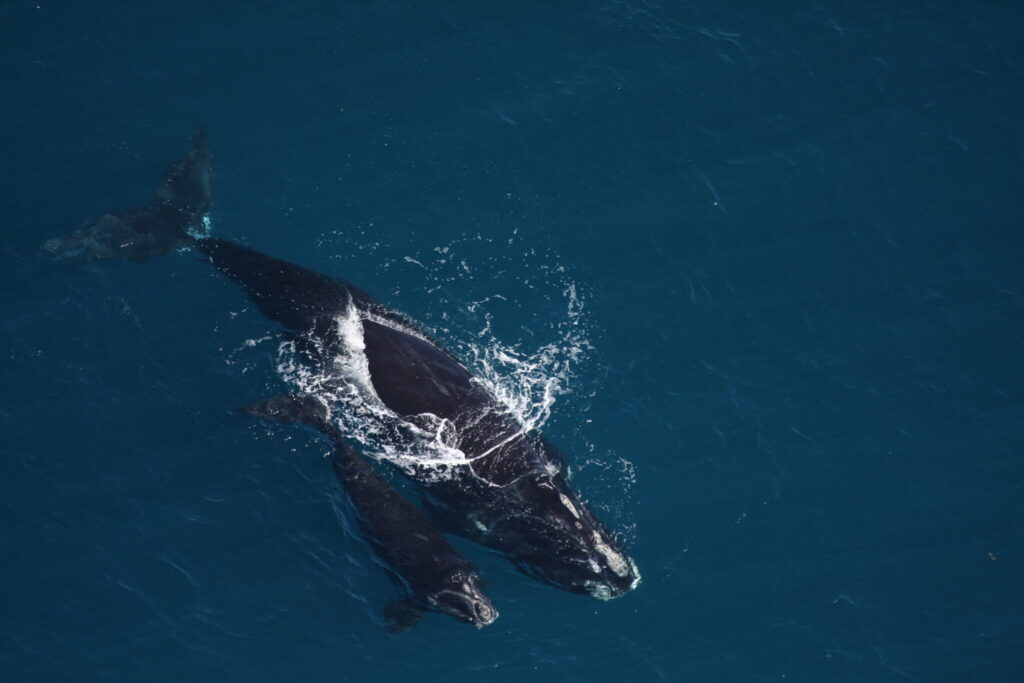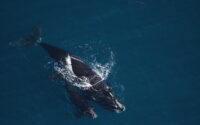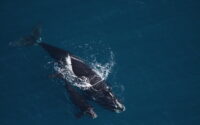The Perfect Combination of Science and Journalism, Tips From Ed Yong
By Christopher Trilleras
Crafting an article that is a scientific statistic and formulating it to be interpreted as a story that weaves into humanity and compassion is a precarious task. However, Pulitzer Prize winning journalist Ed Yong seems to have mastered this difficult combination of both story and fact. In his interview with Nadia Drake (also a science journalist) regarding his story about the North Atlantic Right Whales, he mentions how a narrative with grim statistics must be covered as a narrative to create empathy and detract the animals being just numbers.
In Ed Yong story about the Atlantic whales being endangered, he introduces each whale with a name, family ties, its rarity, and how it died to either entanglement or colliding with a ship. Rather than turning away from gruesome details, Yong tells the reader how it is without leaving out any important information. Being a skilled storyteller, he is able to incorporate expert opinions that add the story depth and issue. “Honestly, I have no words.” was one remark from Regina Asmutis-Silvia, an executive director of Whale and Dolphin Conservation North America, that highlighted the seriousness of the problem that was being presented which was enough to leave experts like her speechless.

Right whales off the coast of Florida in 2014.
Ed Yong mentions in his interview with Nadia Drake that to properly find the right people to interview, he had to review plenty of google sources about the existing pieces of the whales and the organizations and people that worked directly with them, with a preference for female voices(Drake 2019).
To get the reader’s attention in scientific stories a connection must be drawn in which the audience can empathize and care about the issue presented. In this day and age, news of ecosystem tragedy for both humans and animals is increasingly being covered with the theme of woe and doom. Yong draws attachment to the issue by establishing animals not as numbers, but as individuals with differing stories and individual tragedies.
In the book, Covering The Environment, wyss suggests that an interview with an scientific expert can help give credibility to the issue topic. To apprehend the scientific communication that is being given, Wyss suggests investigating several sources of the author’s work and being knowledgeable in the field to properly ask questions and understand. One important tip in interview a scientist/expert that he suggests is to not be intimidated by the technical language but instead ask questions and for explanations repeatedly to be well sourced and confident in your story(Wyss pg. 75, 2019). A reporter’s version may be more general and be more of a narration to engage the public, however, understanding the science and numbers must be clear.
Sources:
Wyss, B. 2008. Chapter 5 “interviewing Scientists”. In Covering the environment: How journalists work the green beat (2nd ed., pp. 64–78). essay, Routledge.

